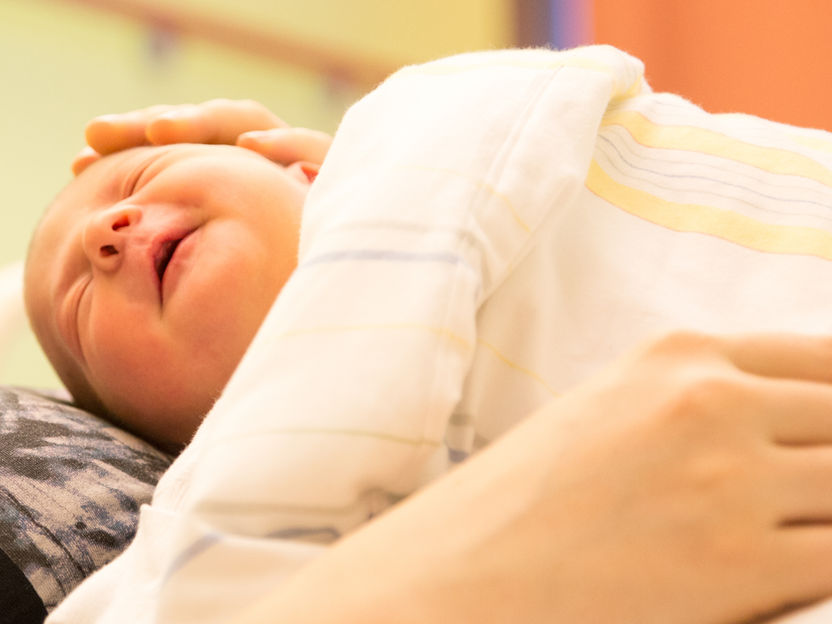T cells in babies give clues to who will develop type 1 diabetes
Advertisement
The research group of Prof. Ezio Bonifacio, group leader and Director at the DFG-Center for Regenerative Therapies Dresden (CRTD), Cluster of Excellence at TU Dresden, and group leader at DZD-Paul Langerhans Institute Dresden, introduces a new understanding of cellular mechanisms occurring in babies having a high risk of developing type 1 diabetes. Physicians are observing an increase in the number of new cases of the disease each year among children and adolescents. In Germany, approximately 4 in every 1000 people suffer from type 1 diabetes.

Recently discovered special cells in babies help to understand why some children develop type 1 diabetes whereas others do not.
© Stephan Wiegand
Type 1 diabetes occurs when the body’s own immune system destroys the cells in the pancreas that produce insulin. The process usually starts in childhood in genetically at risk children, and can be detected by the presence in the blood of antibodies to proteins in the pancreas. Each year, there are about 2300 new cases of type 1 diabetes in Germany and this number has doubled in the last twelve years. While a genetic predisposition helps to identify children at risk for the disease, researchers around the world still try to further identify why in some children at risk the disease breaks out while in others not.
Within the study introduced here, the Dresden researchers closely looked at six months old children at high risk of developing type 1 diabetes followed throughout childhood by Professor Anette-G. Ziegler (Helmholtz Zentrum München). One group of these children later in life developed autoantibodies that are typical for type 1 diabetes, while the other did not. When the researchers stimulated the T cells from the children with the pancreas proteins, they could identify a specific type of aggressive T-cells (TFH-TH1-TH17) that developed only in the children who later became positive for the antibodies. These T cells developed further into fully activated TH1 cells after the children became positive for the antibodies.
“Our finding on cells from these very young children is fascinating. It is the first time we are able to pinpoint a molecular difference in the immune system of children who develop diabetes so early in life. These exciting findings indicate that the immune system is already wrongly programmed, genetically or environmentally, really early. Our job now is to learn how to reset it before it starts to react against the insulin –producing cells. We hope that the Freder1k study and our prevention studies will teach us”, explains Prof. Ezio Bonifacio.
“We were able to find these rare cells in the blood with new sophisticated methods established at the CRTD. We are trying to understand exactly what these special cells do and how they come about“, says Dr. Anne Eugster, Scientist (Bonifacio group).
“We are excited at the possibility of using this knowledge to help developing prevention therapies such as our vaccination strategy”, comments Professor Anette-G. Ziegler.


























































